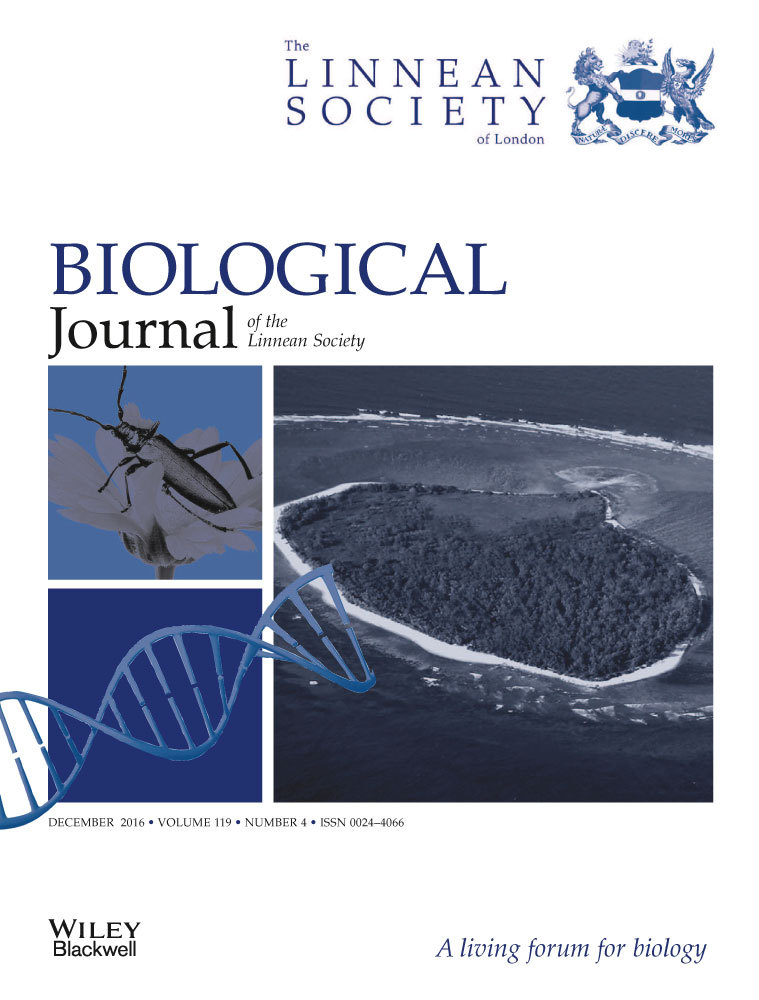Shell variation in sympatric freshwater Lymnaea peregra and L. ovata (Gastropoda: Lymnaeidae)
Abstract
Snails of the genus Lymnaea are morphologically variable and their taxonomy is unclear. In particular, the forms peregra and ovata, distinguished by shell shape, are often considered variants of the same species, L. peregra. We studied a rare situation in a Swiss mountain lake where both forms are sympatric. First, we found that the forms shows complete separation for a number of allozymes. Second, we examined the response of the two snail forms to infection by the trematode Diplostomum phoxini. For the ovata form, there was a transitory, 10% increase in the growth of infected snails compared to uninfected controls. The peregra form showed no gigantism and had higher parasite-induced mortality. Third, we assessed differences between the forms in reproduction under different environmental conditions. Density negatively influenced egg production to the same degree in both forms. However, decreasing water levels, characteristic of part of the lake studied, led to a 30% decrease in egg production for the ovata form, but only a 10% decrease for the peregra form. These differences are discussed in relation to the microdistributions of the snails in the lake and we conclude that the two forms are almost certainly separate species.




